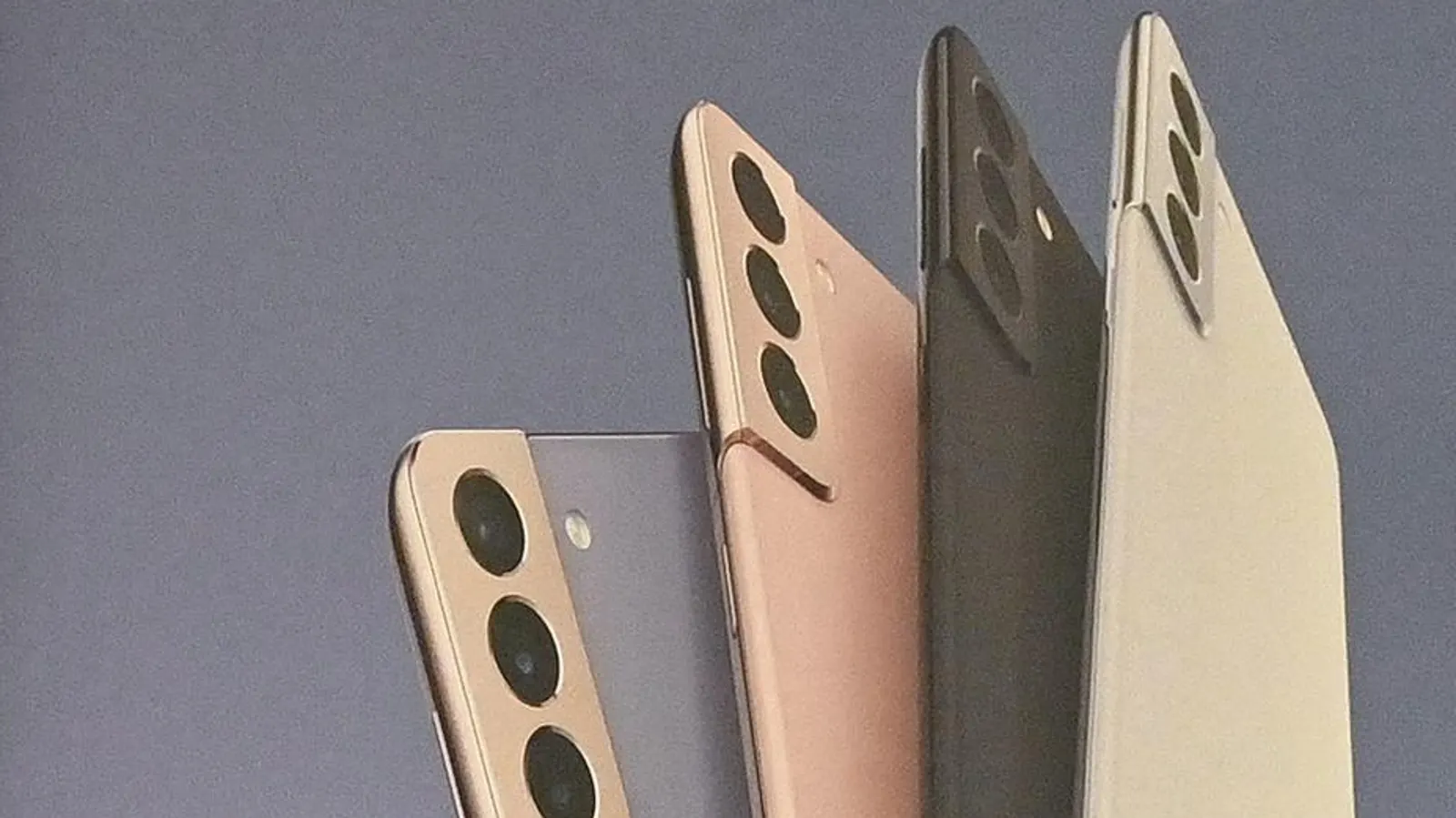This update decision comes as a surprise.
AFP via Getty Images
Updated on Dec. 5 as Samsung starts to deploy its critical new update.
Samsung has taken more than its fair share of criticism in recent months on the upgrade and update fronts. One UI 8…
